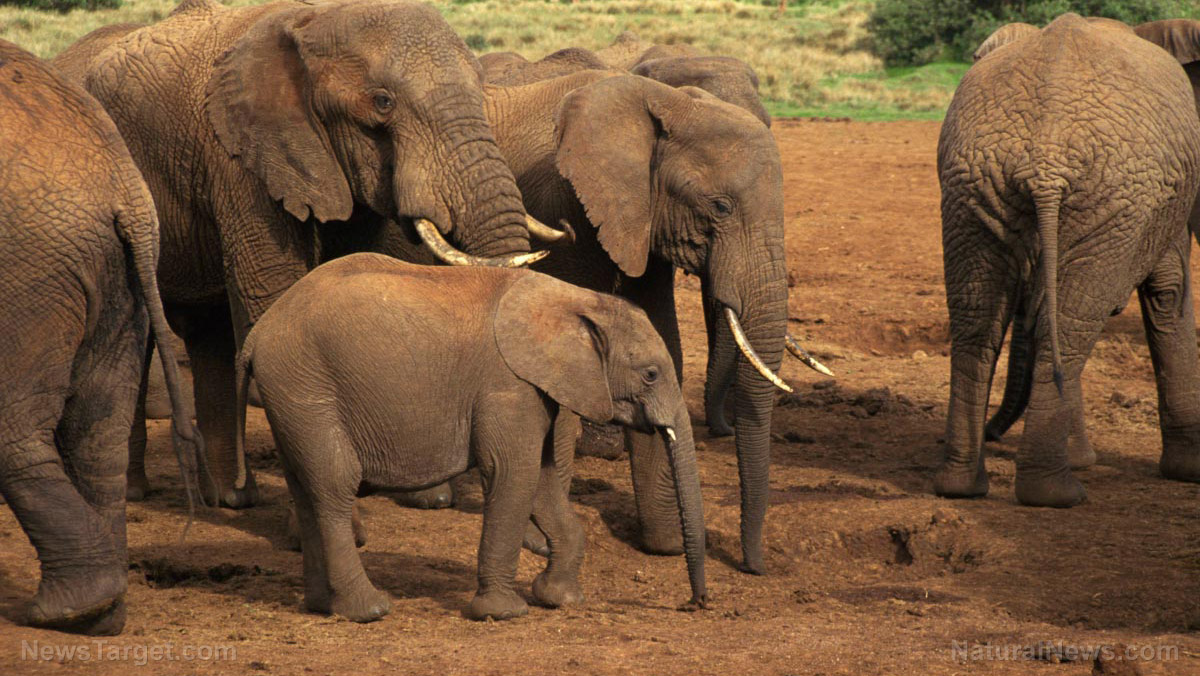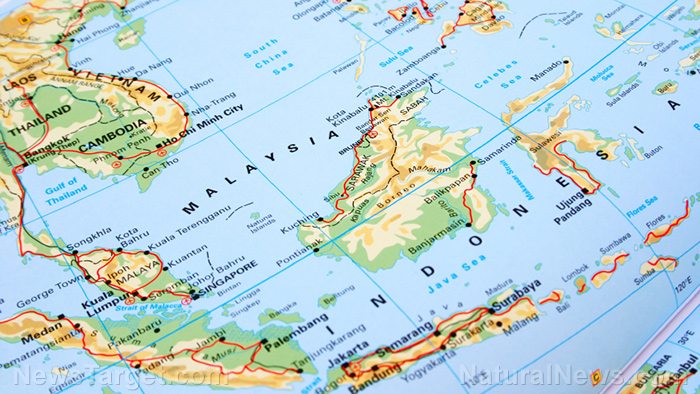
Flowers took over after the dinosaurs were wiped out
Jamie Thompson, the study lead author and a postdoctoral evolutionary biologist at the University of Bath in England, explained that after most of Earth's species became extinct at K-Pg, angiosperms flourished, just like how mammals took over after the dinosaurs. Now, almost "all life on Earth depends on flowering plants ecologically," added Thompson. However, plants lack skeletons or exoskeletons like most animals. This meant plant fossils are rare compared to animals, making it rather difficult to confirm the timeline of evolution from fossil evidence alone. According to a separate 2008 study published in the journal The Paleontological Society Papers, most of the record is made up of isolated leaves that were not attached to other plant organs. While there is proof for flowering-plant extinctions after the asteroid strike, researchers say there isn't any for the widespread decline as in other types of organisms. (Related: Study: 360M-year-old fossil from Ireland proves plants are capable of self-defense.) To learn more about how flowering plants responded to the K-Pg extinction event, the authors of the recent study analyzed major flowering-plant lineages previously mapped from DNA mutations of at least 73,000 living species of flowering plants. The research team used mathematical models to estimate that flowering plants experienced a relatively stable extinction rate over time, with no evidence of a mass extinction. The lineages to which many species belonged, such as families and orders, survived enough to flourish and then dominate. Out of an estimated 400,000 plant species living today, at least 300,000 are flowering plants.Many modern flowering plant families emerged before the K-Pg event
Most of the flowering plant families that thrive today emerged before the K-Pg event, with the ancestors of modern orchids, magnolias and mint living alongside the dinosaurs. After the K-Pg extinction, the surviving flowering plants gradually spread and diversified. In a statement, Santiago Ramirez-Barahona, a study co-author and a researcher at the National Autonomous University of Mexico, explained that flowering plants "have a remarkable ability to adapt." Flowers can use different seed-dispersal and pollination mechanisms. Some flowering plants have duplicated their entire genomes while others have evolved new ways to photosynthesize, added Ramirez-Barahona. "This 'flower power' is what makes them nature's true survivors," concluded Ramirez-Barahona. Visit CosmicImpacts.com to learn more about asteroids. Watch the video below to learn how winter grass survives. This video is from the Surviving Hard Times channel on Brighteon.com.More related stories:
Health Ranger Report: Randall Carlson and Mike Adams discuss the Younger Dryas comet impact theory. Scientists find dinosaur hatchery in India with more than 250 fossilized titanosaur eggs. Collapse in population of mammals and birds is now impairing the ability of plants to migrate via seed dispersal. Sources include: LiveScience.com Bath.ac.uk Brighteon.comThe spice that prevents fluoride from destroying your brain
By News Editors // Share
Wuhan Institute of Virology warns that another COVID-19 outbreak is “HIGHLY LIKELY”
By Zoey Sky // Share
Spending on mental health services among Americans has risen by 53% since start of pandemic
By Olivia Cook // Share
City of Ojai in SoCal grants freedom to elephants – but there are no elephants there
By Olivia Cook // Share
Americans can expect a very different winter this year thanks to El Niño
By Cassie B. // Share
Beyond the itch: Rewriting the playbook for eczema care
By willowt // Share
Former CDC director calls for removal of COVID-19 mRNA vaccines from the market
By ramontomeydw // Share
Thailand-Cambodia border conflict escalates with airstrikes, civilian casualties
By bellecarter // Share
How Big Tech's AI boom threatens grid stability
By avagrace // Share











